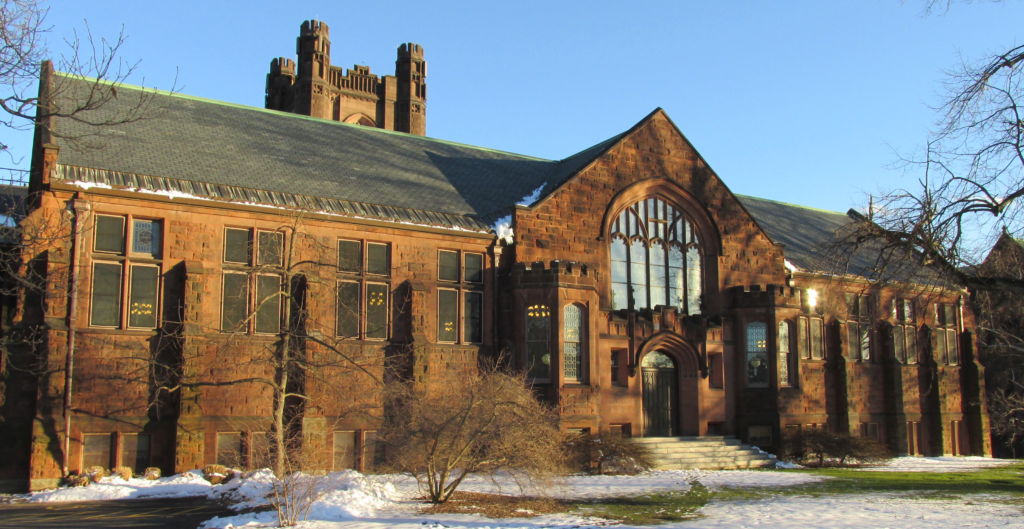Census tracts with a Male to Female ratios (revisited)

Last time, we looked at the male to female ratio in PolicyMap, which is defined as the number of men per 100 women (so a 105% ratio, the world average, means there are 105 men for every 100 women). This time, we’ll look more closely at census tracts. For these smaller areas, the ranges tend to be more extreme, so instead of looking at the male-to-female ratio, we’ll look at the male and female population percentages (if there are no women, how can one say how many men there are per 100 women?). So here are the top ten census tracts for both percentages of males and females for 2009:
Estimated percent of all people who are men in 2010
| Census Tract | County, State | Estimated percent of all people who are men | |
|---|---|---|---|
| 000300 | Chemung, NY | 100% | |
| 006002 | Kern, CO | 100% | |
| 009102 | San Bernardino, CA | 100% | |
| 010200 | Cole, MO | 100% | |
| 024400 | Queens, NY | 100% | |
| 070802 | Washington, MN | 100% | |
| 150302 | Butts, GA | 100% | |
| 960202 | Clarendon, SC | 100% | |
| 980301 | Lee, SC | 100% | 070801 | Washington, MN | 99.94% |
Estimated percent of all people who are women in 2010
| Census Tract | County, State | Estimated percent of all people who are women | |
|---|---|---|---|
| 560900 | Wayne, MI | 100% | |
| 110200 | Cayahoga, OH | 99.21% | |
| 211100 | Fairfield, CT | 99.15% | |
| 821200 | Hampshire, MA | 95.5% | |
| 822000 | Hampshire, MA | 95.48% | |
| 103602 | Oklahoma, OK | 91.54% | |
| 022500 | Philadelphia, PA | 85.3% | |
| 006803 | Honolulu, HI | 85% | |
| 000100 | Calhoun, MI | 83.33% | 011798 | Honolulu, HI | 80% |
Many of these census tracts share one thing in common: they are the locations of prisons. Tract 003000 in Chemung County, New York? Elmira Correctional Facility. 006002 in Kern County, California? The California Correctional Institution. The story continues on the female side: tract 211100 in Fairfield County, Connecticut is the famous Federal Correctional Institution, Danbury. These single-sex enclaves are not all sites of incarceration, however. Numbers 4 and 5 on our top ten list are Mount Holyoke College and Smith College, members of the Seven Sisters group of colleges, and number 7 is the home of the all-female Chestnut Hill College in Philadelphia.
Do you want to learn more about this dataset or other features on PolicyMap? Join our free weekly trainings (Click Here) or send your questions to pmap@policymap.com.